The teak floorboards in my Caledonia Yawl have served me well since I launched the boat in 2005, but, like me, they’ve grown much grayer over the past 19 years. I’ve accepted that change of color for myself, but I thought it would be worth trying to restore my floorboards to their youthful appearance.
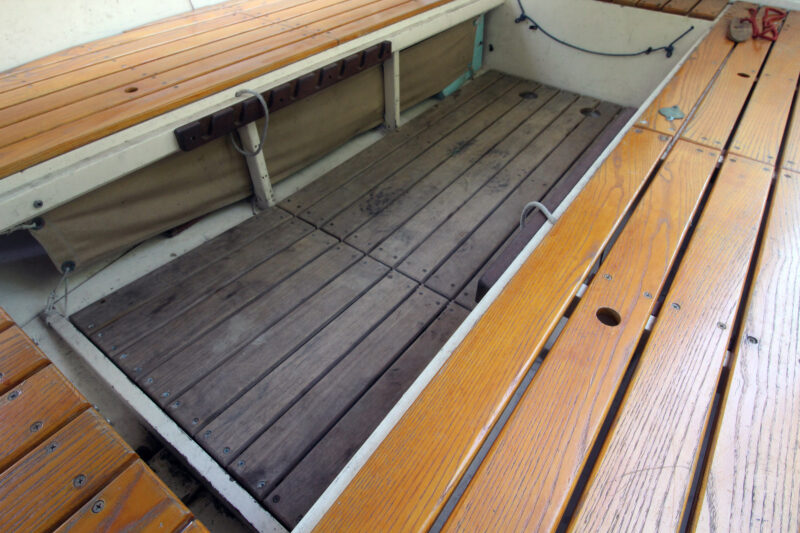 Photographs by the author
Photographs by the authorAfter 19 years, my Caledonia Yawl’s teak floorboards had lost the glow of their original color. I had wiped them down once with boiled linseed oil, but that only picked up the black of shoe soles and smeared it on the wood.
I had seen how well Snappy Boat Care’s treatment had brought the brilliant color back to a weathered teak outdoor table and bought the two-part kit of Teak-Nu to remove the gray and a bottle of Snappy Teak-Nu Sealer to restore the color.
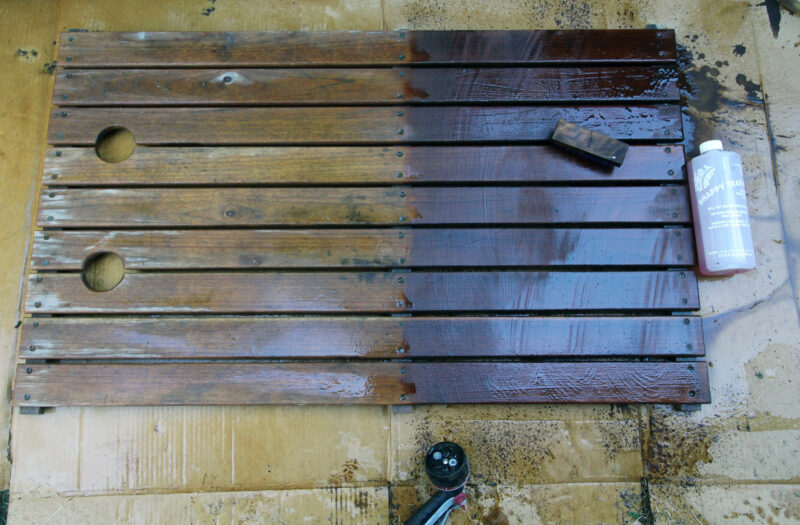
The Formula #1 component of Teak-Nu, applied with the supplied scrub brush, removes the weathered surface of the teak. The floorboards are kept wet throughout the process of using both Formula #1 and Formula #2.
Formula #1 is a solution of sodium hydroxide, an alkali commonly known as lye or caustic soda and a common ingredient in cleaning products. The instructions on the bottle include warnings about contact with the solution so I wore gloves and safety goggles and did the application outdoors. Given the age of my floorboards, I used Formula #1 full strength. Teak in better shape than mine could use a 1:1 dilution. After wetting the floorboards with fresh water, scrubbing the solution on the wood with the included stiff-bristled brush turned the teak black and the solution thickened with the removal of the deteriorated wood on the surface.
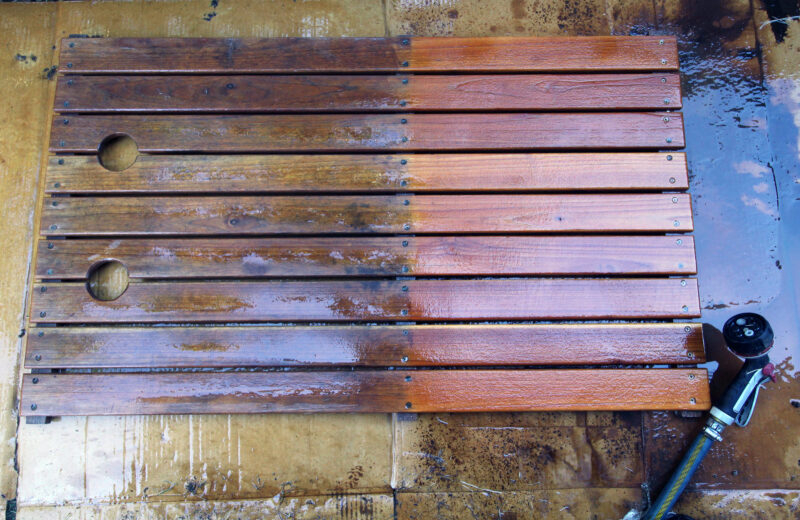
Formula #2 neutralizes what’s left of Formula #1 after it’s rinsed off. Any black that remains needs only a bit more formula and brushing.
After a fresh-water rinse, I followed the same procedure scrubbing Formula #2 on. Its solution of hydrochloric acid neutralizes the alkaline #1 and removes the black from the teak. (The reaction of the acid with the sodium hydroxide forms sodium hydroxide—ordinary salt—and water.) After a fresh-water rinse, the floorboards had most of their color back, but several areas remained black. A bit more scrubbing with #2 cleaned them up.
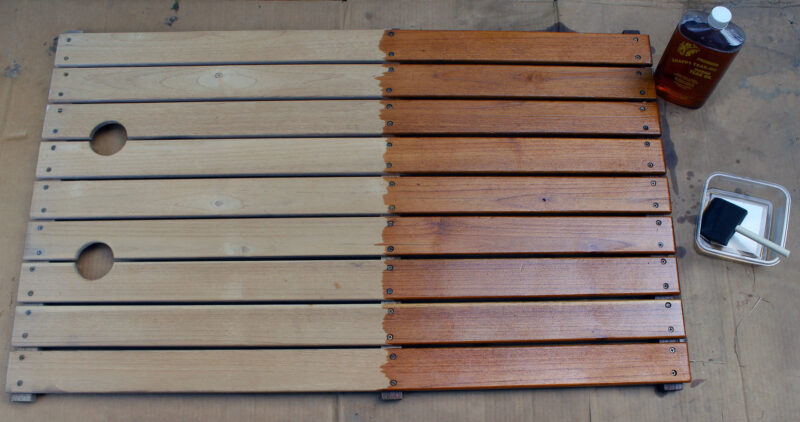
After the teak has dried it has “that freshly sanded look” (at left) and the application of Teak-Nu Marine Teak Oil restores the color (right).
While the color was fully restored after the final rinse, once the floorboards had dried overnight, the teak turned a very pale tan color, what Snappy calls “that freshly sanded look.” To bring the warm color back to stay, the teak needs to be oiled and for that, Snappy has Teak-Nu Marine Teak Oil, a tung-oil polymer formula. A foam brush turned out to the best means of applying the oil as it laid down a uniform coat on the floorboards’ top surfaces and squeezed easily into the gaps between the slats to coat the edges. After sitting for 5 minutes, the oil needs to be wiped down with a rag. After the floorboards dried overnight, they had a few pale spots, but a second lighter application of oil brought the color up to stay.
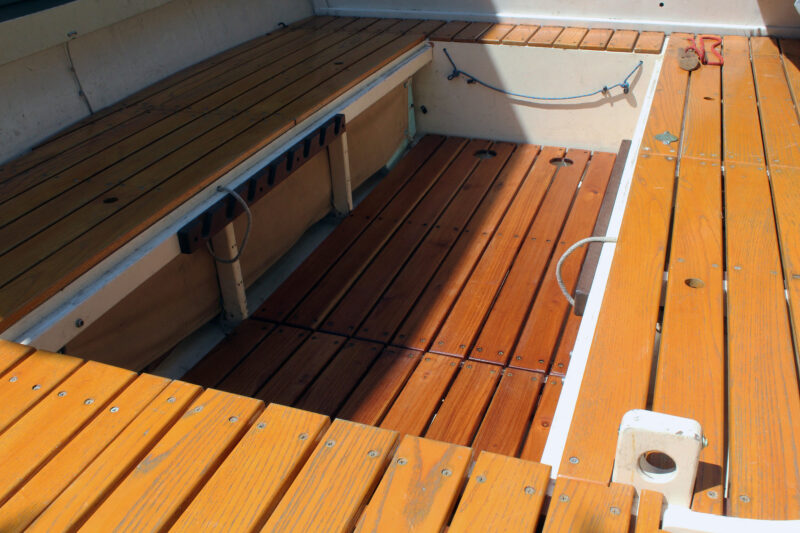
Restoring the color of the teak didn’t take much time, little more than an hour spread over two days, and was well worth the effort.
Set back in place in the cockpit, the restored floorboards have the color that had disappeared so long ago that I’d forgotten how much it contributed to the appearance of the boat. And the larger of the two floorboards, raised from the bottom of the boat to serve as my dinner table, now gleams with the colors of amber and polished bronze and I don’t have to hide it with a tablecloth.
The Teak-Nu products were easy to use and lived up to my expectations. I have three more floorboard panels in the bow of the yawl. I have more than enough in the 32-oz bottles of Formulas #1 and #2 to restore them, and plenty of the Marine Teak Oil to bring them up to the same like-new appearance. As the instructions recommend, I’ll apply fresh coats to all the floorboards at the first signs of weathering to keep them a pleasure to look at.![]()
Christopher Cunningham is the editor of Small Boats.
The Snappy Teak-Nu products are distributed by Star Brite and available from many marine hardware outlets. I purchased the Snappy Teak-Nu kit in two 32-oz bottles for $32 and the Snappy Teak-Nu Marine Teak Oil for $30.78 from Star Brite’s Amazon store.
Is there a product that might be useful for boatbuilding, cruising, or shore-side camping that you’d like us to review? Please email your suggestions.
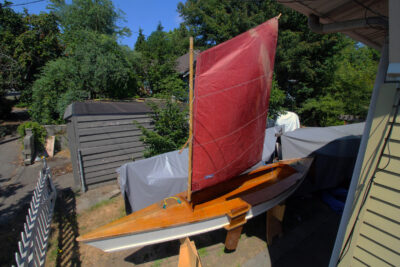
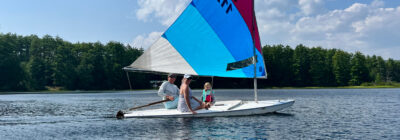
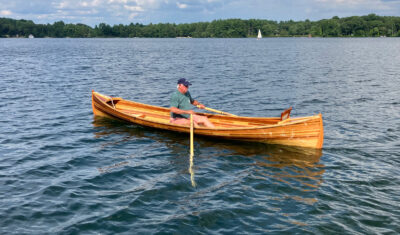
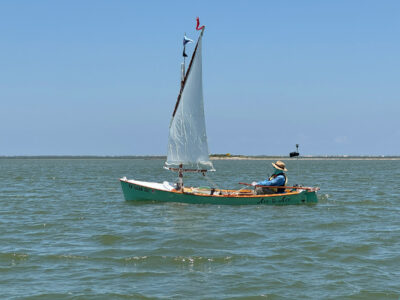
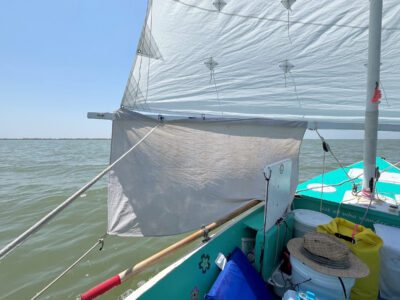
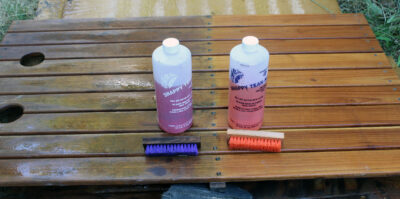
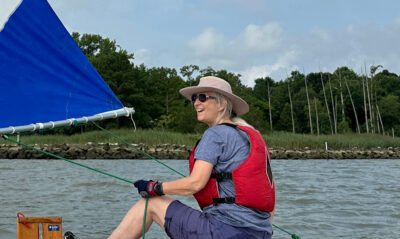
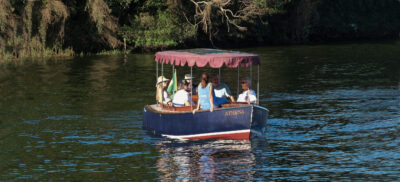
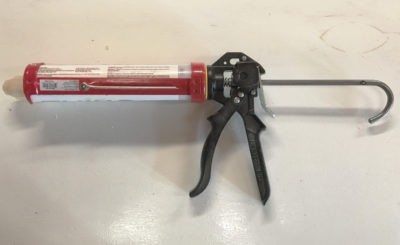
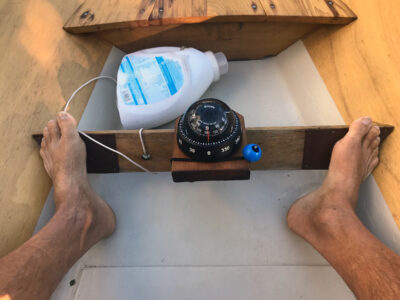
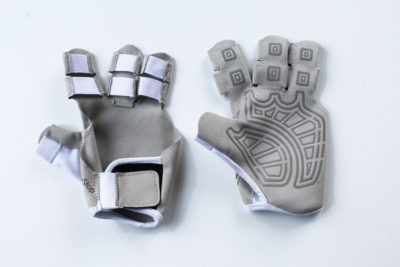
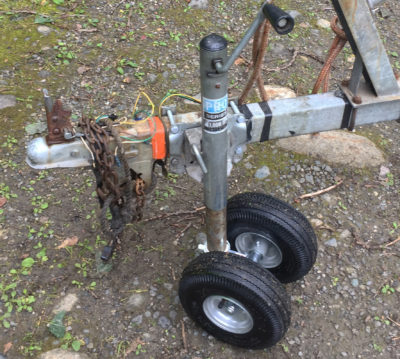
I have understood that most if not all teak-oil systems make the teak slippery when wet – possibly the most important matter in teak deck is that it is not slippery even when wet. How does this product affect the non-slipperiness of wet teak?